Travel teaches us many things, this guest post from Patty illustrates perfectly why travel should be an important part of any child’s upbringing. A beautiful message from the heart of the Amazon.
I know Patty in real life, we met as part of her Our Whole Village project during a one week stay in Umbria in Italy. She is full of surprises, a petite mum of two gorgeous little girls, yet appearances can be deceptive. She travels and she does so with style, she has taken groups of kids up the Amazon. I was impressed, I hope you are too.
The Monahans aren’t a homeschooling family, but, like most of us, Patty sees travel, vacation and family time as an important part of her daughters’ education. Over to Patty.
I utterly admire families that homeschool. I can only imagine the level of commitment and discipline (and patience!) one must have. Even though I feel I could never homeschool myself, I do see our family vacations as a chance to show my kids how diverse the world can be. For me, it’s an opportunity to grow with them. And, of course, build incredible memories that we will treasure for years to come.
Our family vacations may be constrained by the school calendar, but we do our best to make our experiences as varied and global as we can.
The most memorable trip so far has been the Amazon cruise we did in Brazil in March, 2014. The girls were three and nearly five at the time and the Amazon was like nothing they had ever seen. It felt like taking a trip to a different planet. And you could see that in their eyes.
THE EXPEDITION
After a couple of days in Manaus, a three-hour drive took us to Novo Airão, on the Rio Negro, where we boarded the Jacaré-Açu, a regional-style boat, entirely crafted in wood.
The boat itself is amazing. We were four families and the kids made friends immediately. They were free to explore and their sense of joy and excitement was palpable.
Through the Anavilhanas archipelago, the second largest fluvial archipelago in the world, we started our journey deeper into the Amazon towards the Xixuau Reserve, on the border of Waimiri-Atroari indian territory, on the Jauaperi River.
The first thing one notices in that part of the world is the vastness, the abundance. The Rio Negro is the largest tributary of the Amazon and it stretches for 2,250km. Its dark waters resemble black tea and are a result of chemicals released by decaying vegetation. This also means very few mosquitoes (phew!).
The next seven days would be packed with more than just otherworldly scenery but also unforgettable experiences and plenty of learning opportunities.
CONTACT WITH NATURE
Kids have a strong connection with nature, and they absolutely thrived in the sensory paradise that is the Amazon.
Both kids and adults relished the opportunity to swim in the river, visit the Samaúma (the largest tree of the Amazon forest) discover powerful waterfalls at Jaú National park, and spot colorful birds, pink river dolphins, monkeys, and so many other creatures.
On our hike to the Madadá caves – a rock formation that is over 700 million years old — Tito, our captain and guide, pointed out exotic plants, fire ants, scorpion spiders, hidden orchids; a whole world that would have gone completely unnoticed to the untrained eye.
We were introduced to the “telephone tree” and its huge above-ground roots. Tito beat them like a drum, demonstrating how the trees are used as a form of communication by the indigenous tribes.
At the Xixuau reserve, we savored the peace and quiet of gently floating in handmade canoes as we spotted otters, toucans, macaws and monkeys. Taking it all in while our local guides shared stories of their families, their struggles and successes.
LEARNING WITH THE LOCALS
If you think the Amazon is just about the jungle, you are in for a surprise. Getting to meet the wonderful people of the river communities we visited along the way was likely the highlight of our trip.
Moura, Itaquera, Xixuau and Gaspar. Only reachable by boat, these communities are a world away from our reality, yet so connected to us by the same human needs and feelings.
In Moura, we visited the school and had the most wonderful carnival celebration with the local kids, confetti and all.
In Itaquera, the kids climbed trees, played hopscotch and watched a canoe being made while the parents marvelled at the work of local artisans.
Xixuau’s coop was a perfect example of how together, we are stronger. Their sustainable ecotourism efforts impressed us.
At Gaspar, we spent an entire morning at the VivAmazonia school. We exchanged stories, played games, saw an amazing play put together by the students. The students also taught us everything they’d learned about turtle conservation and we got to release baby turtles into the river. My daughters still talk about that!
While the little ones were intrigued by the differences — “why don’t they wear shoes?” — they were equally attentive to the similarities between them and the local kids: “Mom, they know how to play hopscotch!” Most importantly, none of that mattered once they were playing and laughing together, experiencing, first hand, that we are all the same.
Is there a more important lesson in life?
For a glimpse into the expedition, check out this video.
Patricia Monahan is the mother of Sofia (6) and Julia (4) and founder of Our Whole Village.
Our Whole Village is the result of her lifelong passion for travelling and her newfound mission of becoming the best parent she can be. For more information, visit www.ourwholevillage.com. [email protected]
Facebook: www.facebook.com/ourwholevillage
Twitter: @ourwholevillage
Instagram: @ourwholevillage
Pinterest: @ourwholevillage
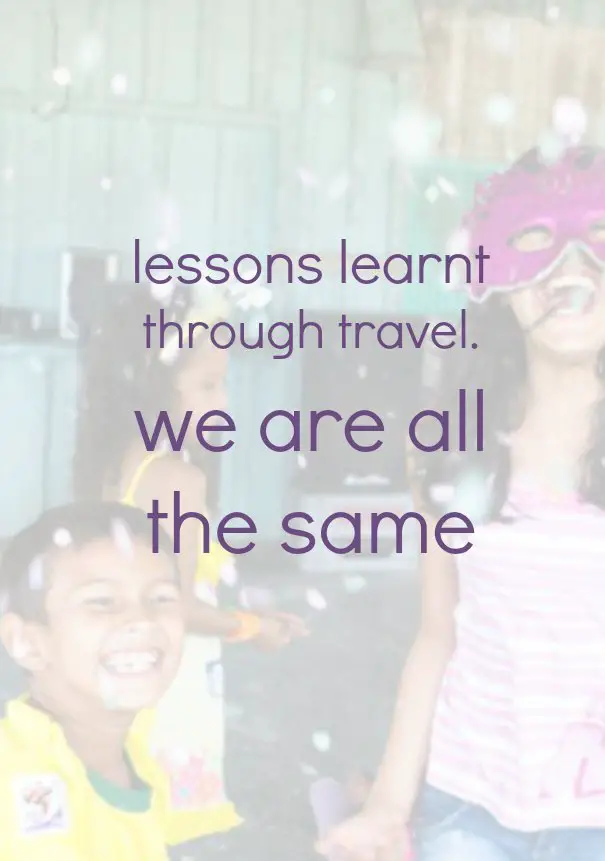
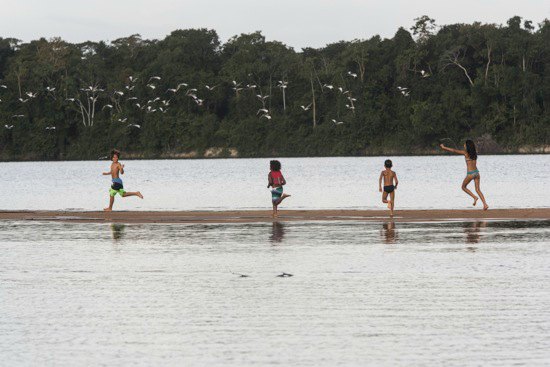
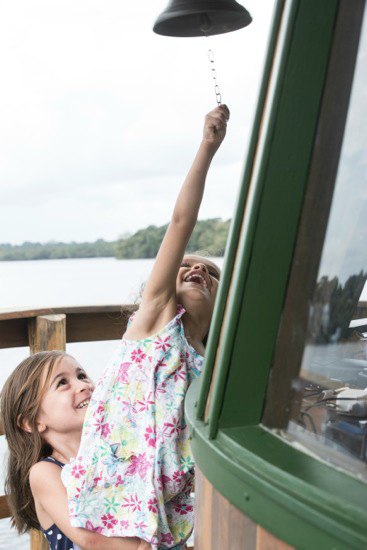
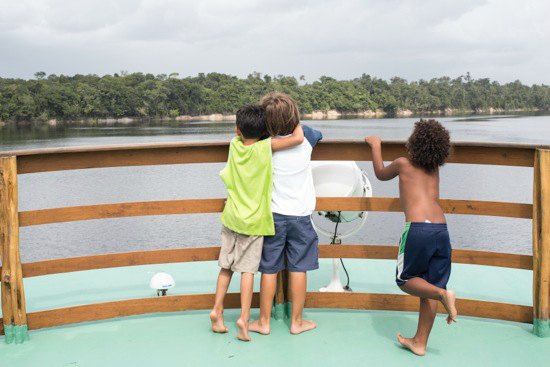
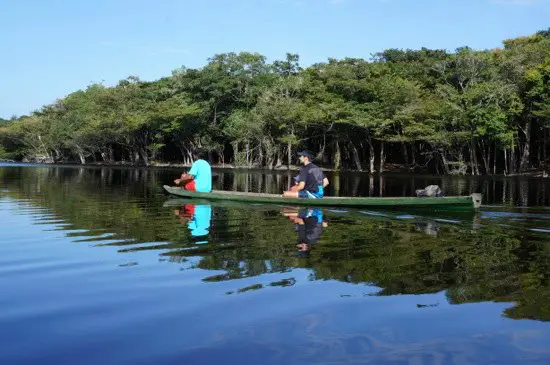

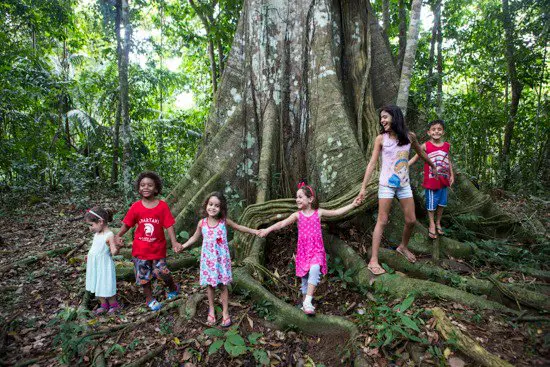
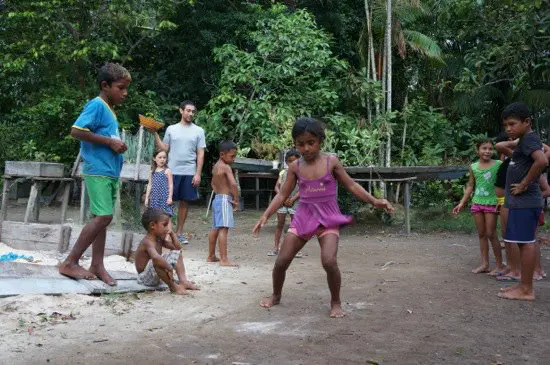

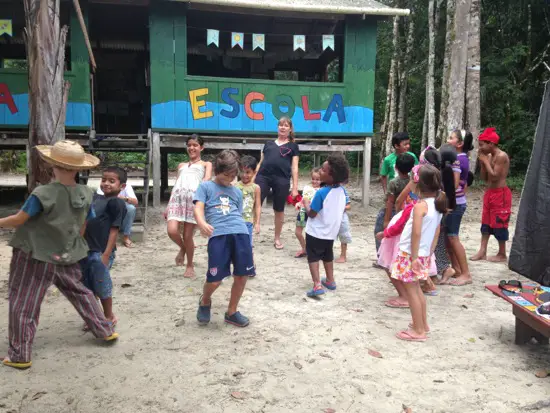
Melanie Murrish says
Wowzers! That looks fabulous, adventurous and very much out of our comfort zone LOL! Checking out Our Whole Village now. 🙂